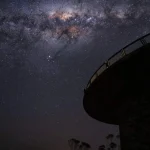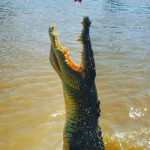Maguk (also known as Barramundi Gorge) in Kakadu National Park is a hidden gem that’s off the beaten track and perfect for nature lovers and wildlife enthusiasts to experience Kakadu’s incredible diversity. Deep in the park Maguk is famous for its waterfall, plunge pools and thriving environment. The steep gorge walls and monsoon forest surrounding this area is a untouched haven for those who want to see wildlife and get away from it all.
Off the Kakadu Highway the drive to Maguk is an adventure in itself. The unsealed roads and 14km 4wd trip through rugged country gives you a taste of the NT’s remoteness. For those looking to get away from it all Maguk’s wildlife is the perfect experience to go with the park’s scenery. This guide will cover the species you can expect to see, the best times to visit and essential trip planning tips to make the most of your wildlife adventure.
Maguk’s Ecosystem
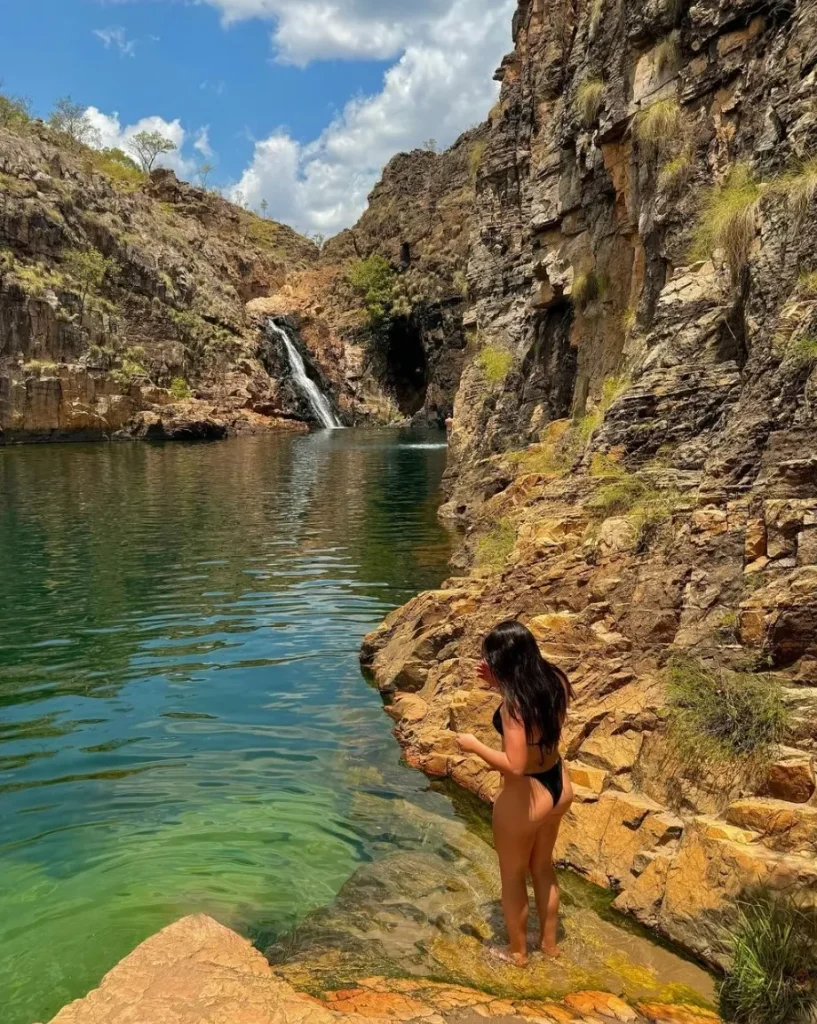
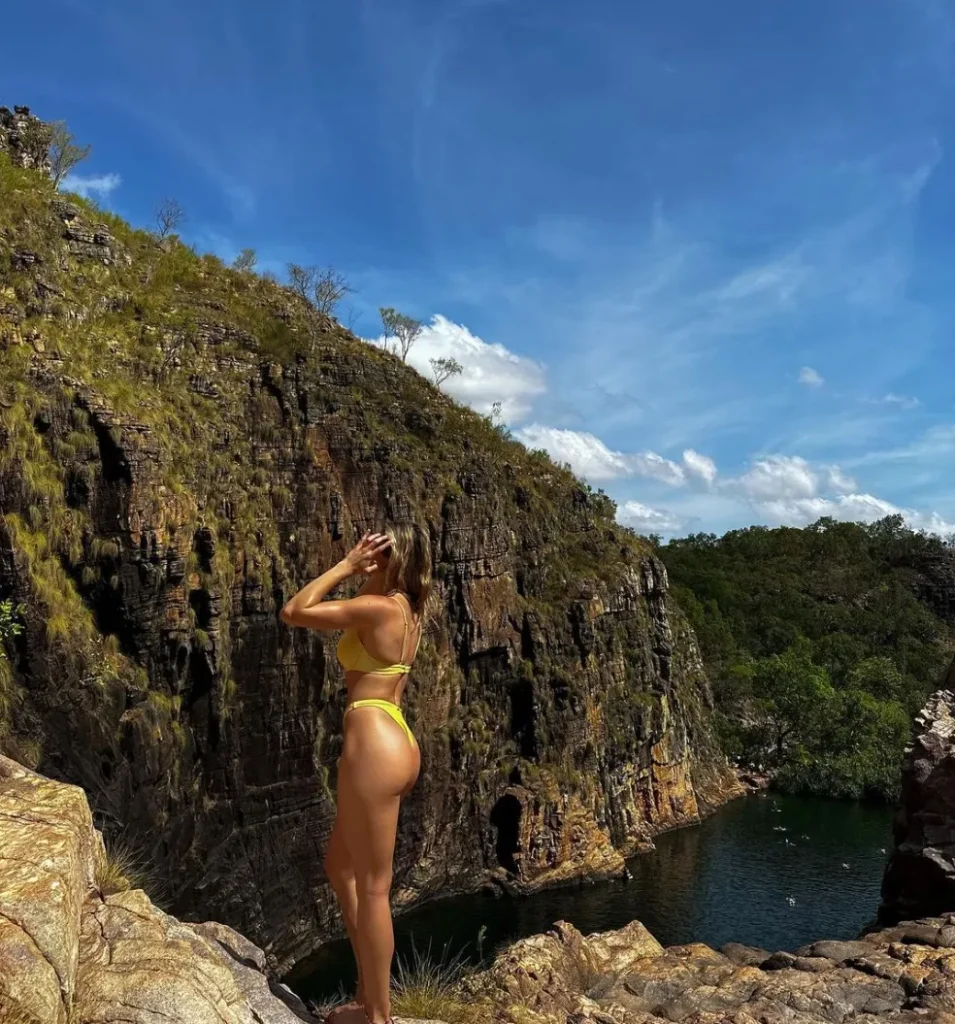
Maguk’s lush environment and unique geography makes it a haven for a wide range of flora and fauna. The monsoon forest, clear streams and rock pools are home to countless species, from reptiles and amphibians to native birds and mammals. One of the most impressive features of this area is the emerald plunge pool at the base of the Maguk Waterfall, a 10m high waterfall surrounded by steep rock walls. This natural amphitheater is a tranquil oasis for both wildlife and humans.
Because Maguk is so off the beaten track it’s a wildlife haven, one of the best places in Kakadu to see wildlife without interruption. The most impressive scenery in this area is the monsoon rainforest, termite mounds and ancient landscapes that provide a backdrop for native animals. The rock walls and gorges are the remnants of ancient landforms that have been shaped by time and give an insight into the area’s continuous living culture and indigenous heritage.
Best Time to See Wildlife
Maguk is open during the dry season (May to October) which is also the best time to see wildlife. As water sources dry up in the arid areas of the park many animals congregate around permanent waterholes like Maguk Falls. Early morning and late afternoon are the best times to see wildlife as the midday sun drives many species to shade and shelter.
In the dry season when many areas are closed due to road closures and flooding Maguk and its waterfall are a haven for wildlife. Many animals including large mammals and birds are attracted to the water and the chances of wildlife sightings increase. Birdwatching Kakadu tours from Darwin are very popular in the dry season and you can also do epic road trips, scenic flights and boat cruises on the Yellow Water Billabong. If you want to combine wildlife watching with other experiences the nearby Jim Jim Falls, Twin Falls and Yellow Water Cruise offer more opportunities to see Kakadu’s natural wonders.
Native Birdlife at Maguk
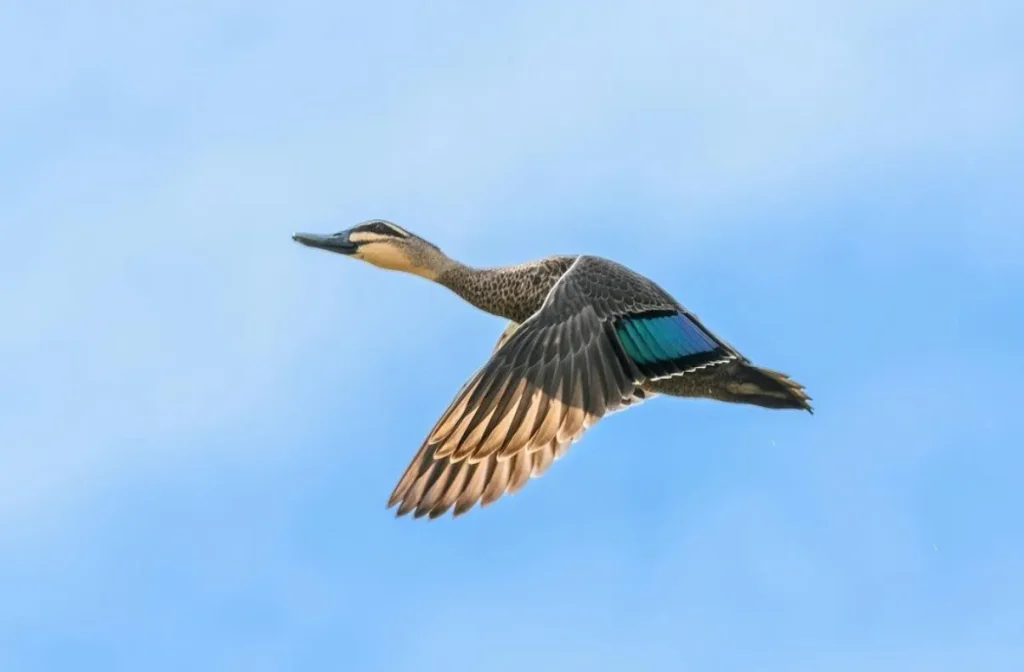
Birdwatching at Maguk is a must do, with over 280 species of birds in the area many of which are endemic to Kakadu. The spangled drongos, dollar birds and Rainbow Bee-eaters are the most sought after sightings. For birders Maguk is the perfect combination of bushwalking and birdwatching in a peaceful and undisturbed environment.
Other birds to look out for are the Gouldian Finch and Forest Kingfisher, both add colour to the landscape. In addition to these birds wetland birds like Pacific Black Ducks, Green Pygmy-Geese and egrets frequent the waterholes at Maguk making it a birdwatchers paradise. The wetlands around Maguk are a key habitat for wetland birds and provide perfect conditions for bird hides and bird hide shelters which are great tools for observing bird life up close without disturbing the environment.
Birds in the Wet Season
While wildlife watching is better in the dry season, the wet season (November to April) has its own charm. The monsoon forests around Maguk come alive and the sounds of wetland birds and frogs fill the air. Access to Maguk can be limited due to road closures and tracks flooding but this is a great time for birders to experience a bird bonanza. Australian bird species like the hooded parrot and black-necked stork thrive during this time and birdwatching tours take you to places like Yellow Water Billabong which becomes a wetland bird haven.
Mammals to Look Out For at Maguk
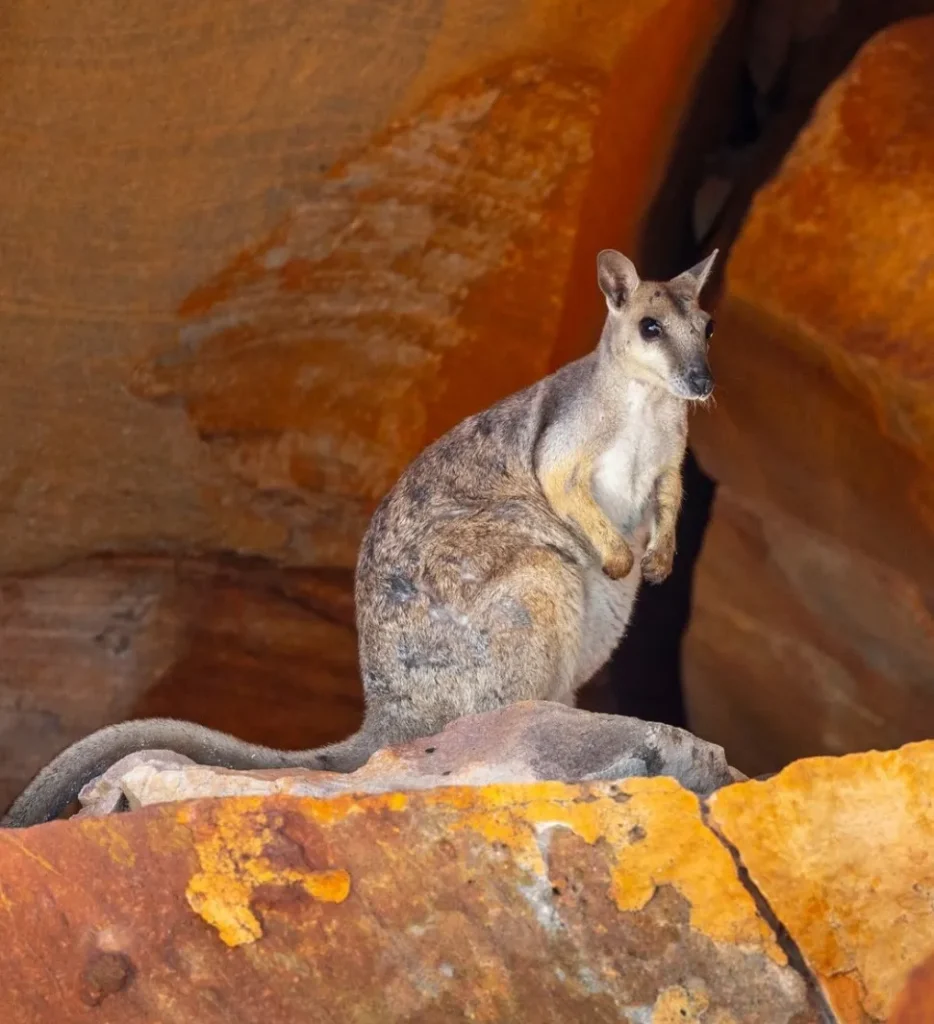
While rare to see, several native mammals can be seen around Maguk if you are patient. Wallabies are often seen grazing near the woodland edges in the early morning or late afternoon, dingoes are more solitary and may be seen during quieter times. One of the most exciting mammal encounters at Maguk is with the Northern Quoll, a rare and endangered species that inhabits Kakadu’s diverse landscapes. They are nocturnal so if you stay overnight at one of the nearby campsites you may increase your chances of seeing one.
Also worth mentioning is the Short-Eared Rock Wallaby that lives in the cliffs and rock formations of Maguk Gorge. The fact that these animals exist here shows how untouched the gorge is. Freshwater fish like barramundi and black bream are also found in the waters of Maguk, adding to the animal life.
Reptiles and Amphibians in Maguk
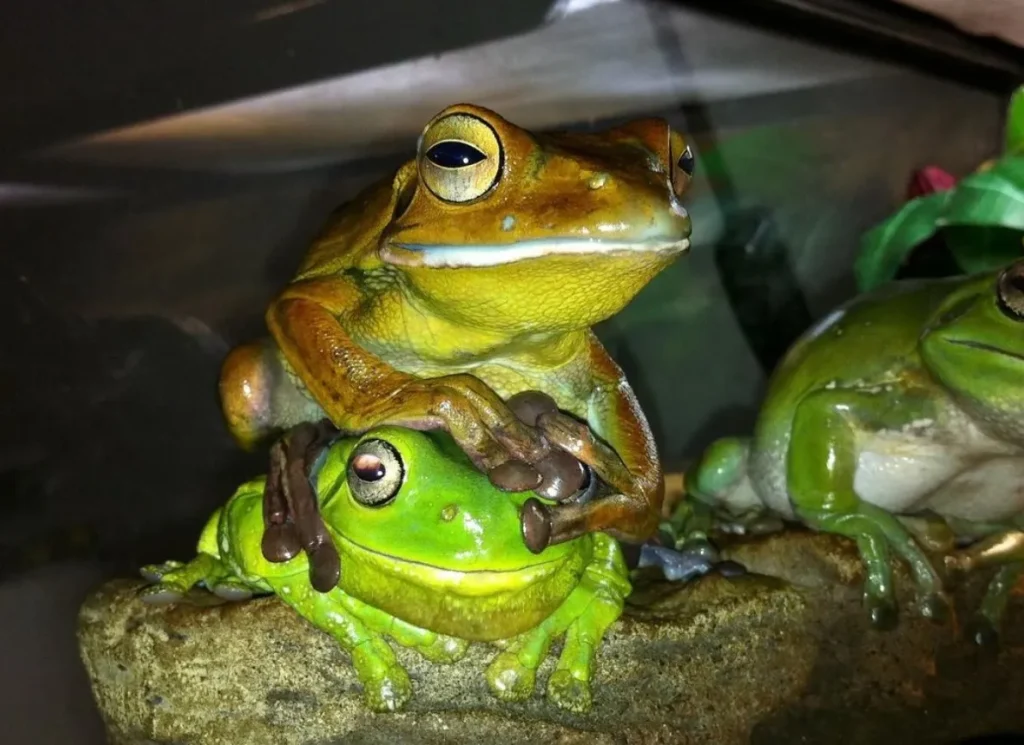
Kakadu’s reptiles and amphibians are as numerous as its mammals and birds. Freshwater crocodiles can be seen basking near Maguk’s emerald pool, but they tend to avoid humans. Always be cautious near water, follow crocodile safety guidelines and be aware of their presence in the area.
Besides crocodiles, the area has various species of lizards such as the Northern Water Dragon and frilled-neck lizard that can be seen basking on rocks. Frogs like the Green Tree Frog and Rocket Frog thrive during the wet season and fill the night air with their calls and complete the picture of life in this untouched environment.
Insect and Aquatic Life at Maguk
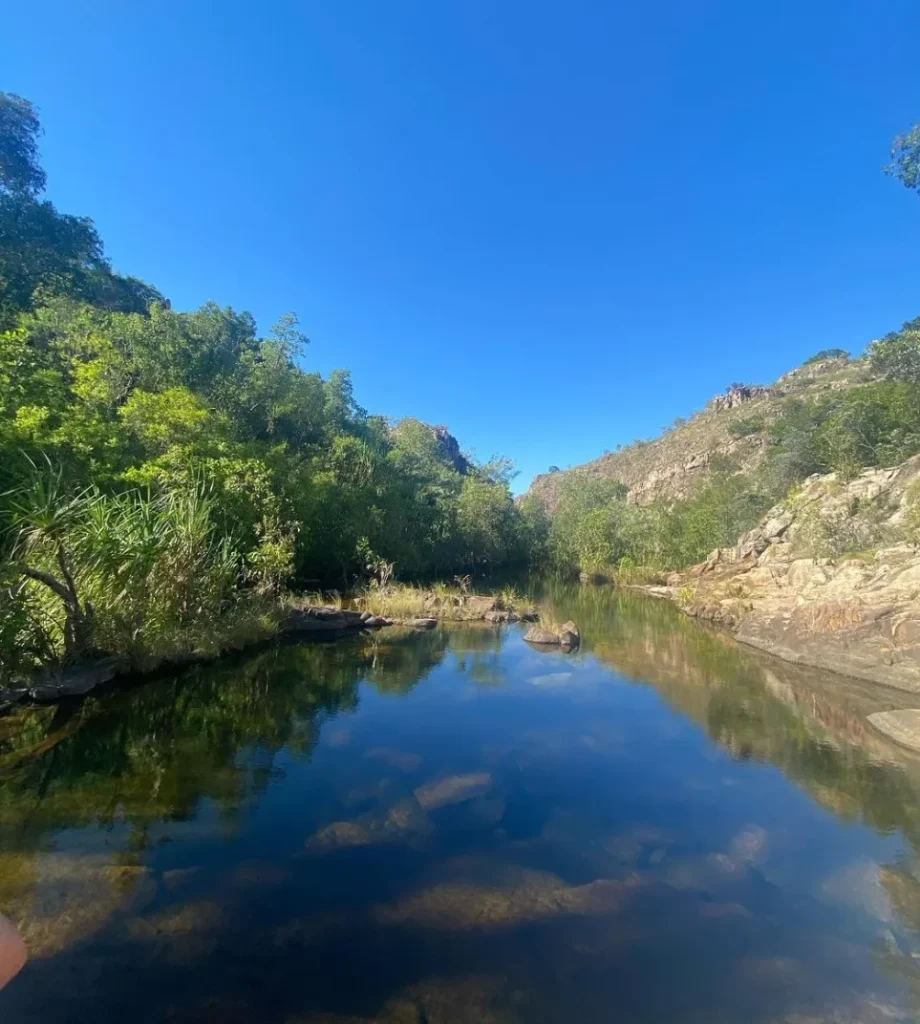
Maguk’s aquatic habitats support freshwater fish such as barramundi, black bream and other native species. Anglers visiting the area may like to try their luck catching these species in Barramundi Creek but remember fishing is only allowed in certain areas of Kakadu National Park. You will also see various dragonflies, butterflies and insects around the water’s edge. The presence of these insects is an indicator of Maguk’s delicate ecosystem and adds to the wildlife viewing.
Maguk’s emerald pool at the base of the falls is another must see, where you can swim in the clear waters. The falls themselves are one of the most beautiful natural features in the area, great for scenery and to see freshwater fish and other aquatic life.
Photography Tips for Maguk Wildlife Watching
Maguk’s wildlife is hard to capture, especially the elusive ones. Here are a few tips to get the shot:
- Telephoto lens: Many animals are best seen from a distance so a zoom lens is perfect for photographing birds and mammals without disturbing them.
- Early or late: Wildlife is most active early morning or late afternoon so plan your photography sessions accordingly.
- Be quiet and still: Animals are sensitive to noise and movement so being quiet and patient will increase your chances of getting that shot.
- Use natural light: Soft warm light of sunrise and sunset is perfect for wildlife photography, it gives a natural glow.
- Plan for time: Wildlife photography takes time and patience. Allocate 2-3 hours for shorter trips or 7-8 hours if you want to fully immerse yourself in the experience.
Camping at Maguk for a Longer Wildlife Experience
To fully experience the wildlife watching at Maguk, consider camping nearby. Camping allows early morning and late afternoon wildlife encounters when most species are active. You can also experience Kakadu’s night time wildlife, nocturnal mammals, frogs and even owls. Bush Tucker experiences are also available in some areas to learn about the indigenous culture and how the local flora and fauna has been used for thousands of years.
The campsite is basic but well looked after, bring your own water and supplies as there are no facilities nearby. Check for road closures or weather updates especially during the wet season.
Conservation at Maguk
Kakadu National Park is a UNESCO World Heritage site and the integrity of its ecosystems is crucial. Efforts to protect Maguk’s wildlife include habitat protection, monitoring of endangered species like the Northern Quoll and responsible tourism. Visitors are asked to respect the environment, stay on the tracks and follow park rules to ensure the protection of this amazing ecosystem. Bowali Visitor Centre is a great place to learn more about conservation and the cultural significance of the area.
Conclusion
Maguk in Kakadu National Park is a wildlife watchers paradise, where you can see Australia’s unique wildlife in a untouched and peaceful environment. Colourful birds, elusive mammals and fascinating reptiles, Maguk is a wildlife enthusiast’s dream. By visiting respectfully and enjoying the park’s natural beauty you will have an experience you will never forget and help with the conservation of this special place.
FAQs
When is the best time to visit Maguk for wildlife?
Best time for wildlife watching is during the dry season (May to October) with early mornings and late afternoons being the best times to see animals.
Can I camp near Maguk to see more wildlife?
Yes, there is a basic campsite near Maguk where you can stay overnight for extended wildlife watching, especially at dawn and dusk.
Are there crocodiles at Maguk?
Freshwater crocodiles may be present in the plunge pools but please follow safety guidelines and don’t swim in areas where crocodiles are present.
What birds can I see at Maguk?
Maguk has a range of birds including Rainbow Bee-eaters, Gouldian Finches, Pacific Black Ducks and Forest Kingfishers. It’s also a great spot for serious birders to see wetland birds like spangled drongos and other Australian birds.
Is Maguk open all year round?
No, Maguk is only open during the dry season as the road is closed and the area is flooded during the wet season.

